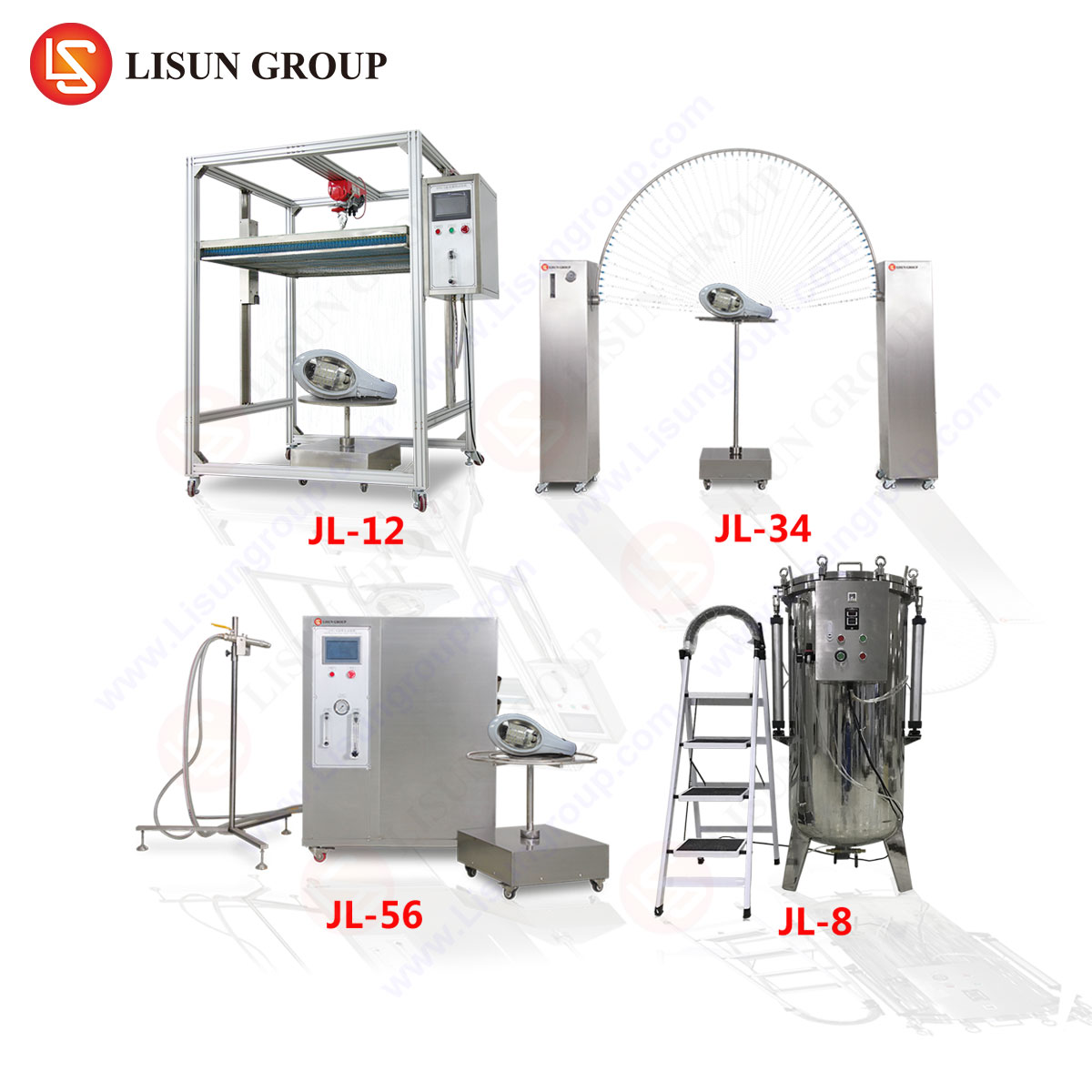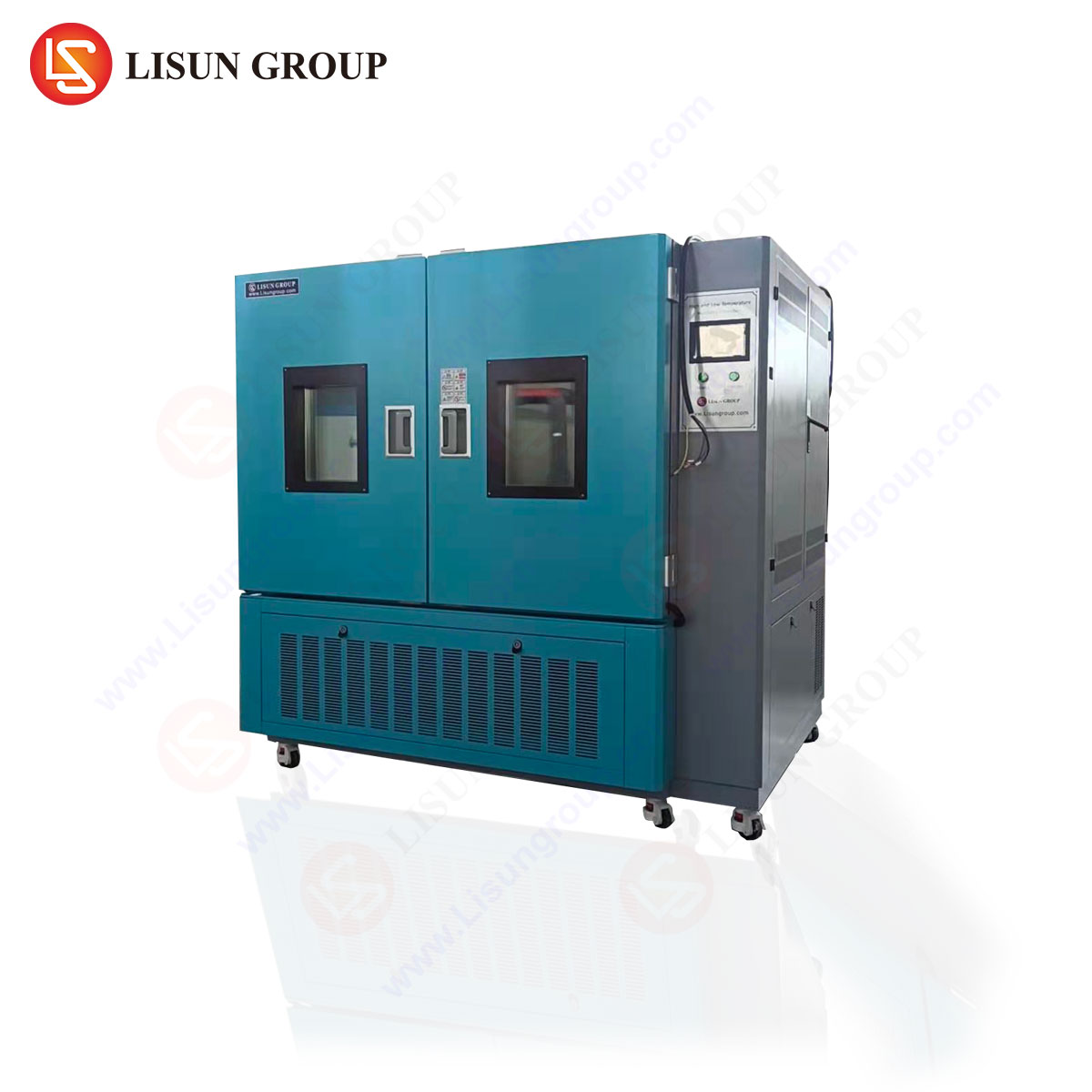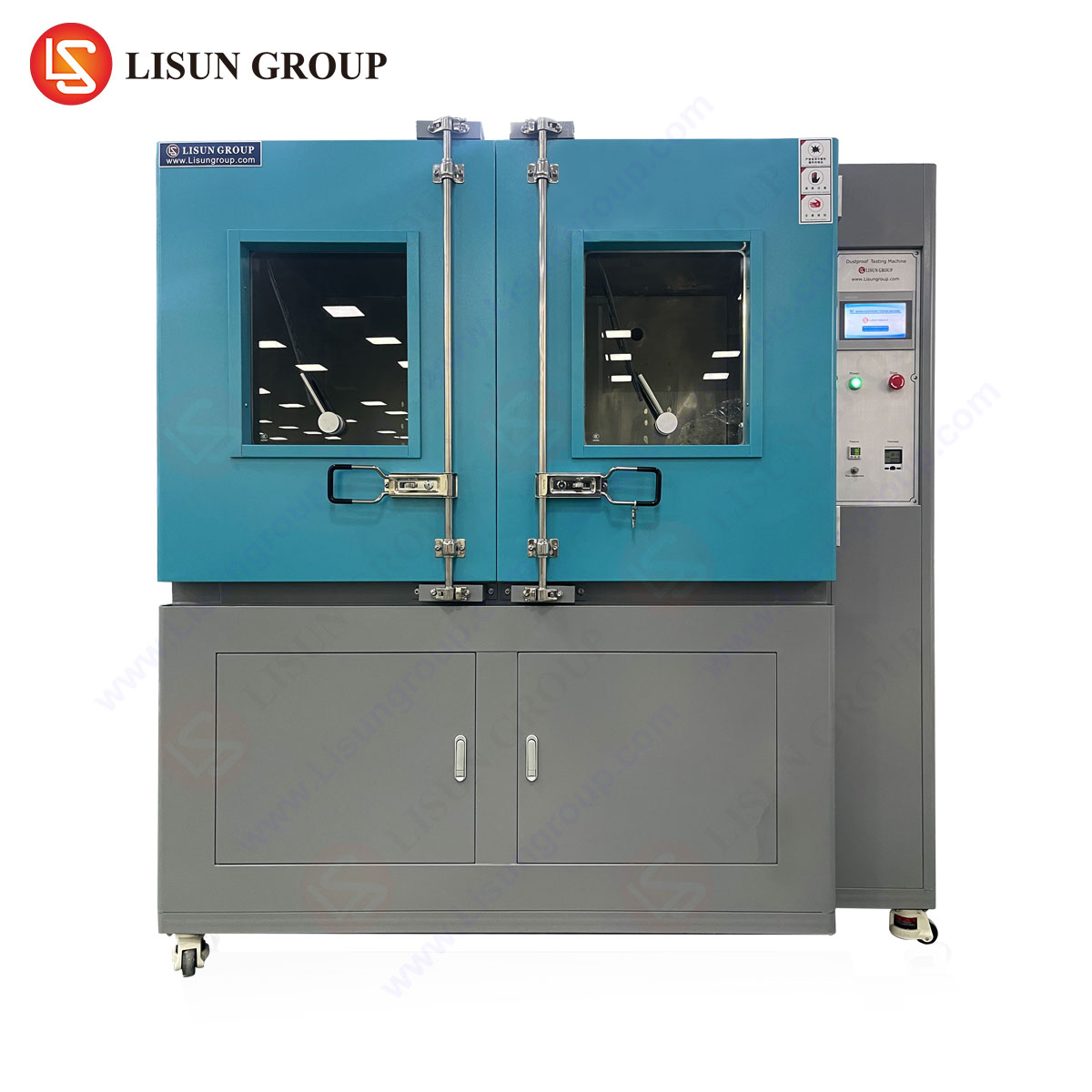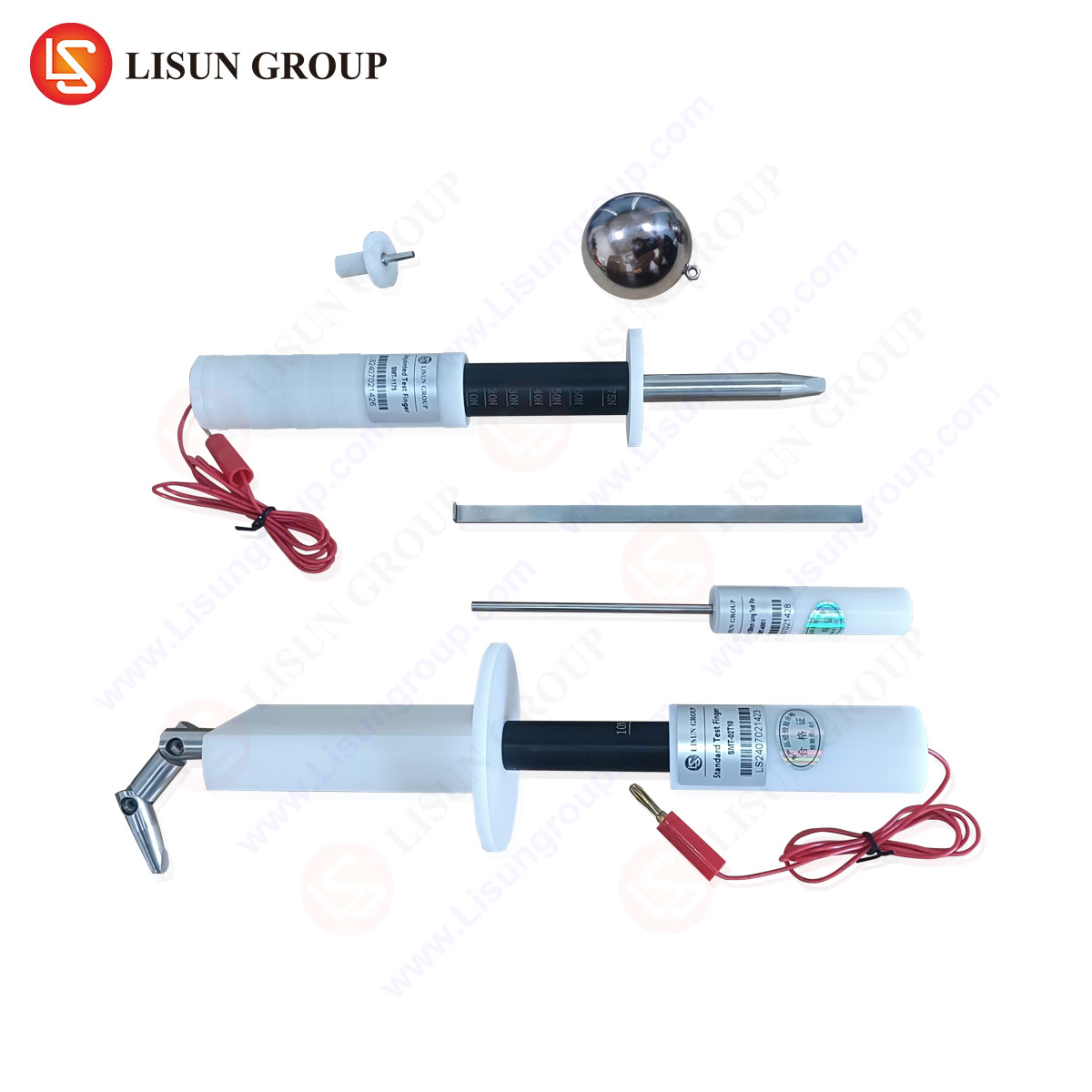Introduction to IEC 61032 and the Role of Test Probes in Safety Compliance
The IEC 61032 standard, titled “Protection of persons and equipment by enclosures – Probes for verification,” defines a series of test probes used to evaluate the safety of electrical and mechanical enclosures. Among these, Test Probe 11 plays a critical role in assessing accessibility to hazardous parts, ensuring compliance with international safety regulations. The LISUN Test Finger, Test Probe, and Test Pin are engineered to meet these stringent requirements, providing manufacturers with reliable tools for conformity testing across multiple industries.
This article examines the technical specifications, testing principles, and industrial applications of IEC 61032 Test Probe 11, with a focus on LISUN’s implementation of this standard.
Mechanical and Electrical Specifications of IEC 61032 Test Probe 11
Test Probe 11, as defined in IEC 61032, is designed to simulate the accessibility of human fingers or tools to hazardous live parts within an enclosure. The LISUN Test Probe 11 with Cable adheres to the following specifications:
- Dimensions:
- Diameter: 12.0 mm ± 0.1 mm
- Length: 80.0 mm ± 0.5 mm
- Joint articulation: 90° ± 5°
- Material Composition:
- Probe tip: Stainless steel (corrosion-resistant, non-conductive coating optional)
- Handle: High-impact polymer (insulated for electrical safety)
- Force Application:
- Standard test force: 10 N ± 1 N
- Maximum insertion depth: 100 mm (adjustable for specific test conditions)
- Cable Specifications (where applicable):
- Conductor: 1.5 mm² stranded copper
- Insulation: PVC or silicone (rated for 300 V AC/DC)
- Length: 1.5 m (customizable per testing requirements)
These parameters ensure that the probe accurately replicates real-world scenarios where unintended contact with live parts may occur.
Testing Principles and Compliance Verification
The primary objective of Test Probe 11 is to verify that enclosures prevent access to hazardous components under defined mechanical and electrical conditions. The LISUN Test Finger and Test Probe follow a structured testing methodology:
- Accessibility Check: The probe is inserted into openings, joints, or gaps in the enclosure to determine if hazardous parts are reachable.
- Force Application: A calibrated force (10 N) is applied to simulate accidental pressure, ensuring no deflection allows access.
- Electrical Continuity Test (if applicable): When used with a conductive cable, the probe checks for inadvertent bridging of live parts.
Industries such as household appliances, automotive electronics, and medical devices rely on these tests to meet IEC 60529 (IP Code), UL 60950, and EN 62368-1 safety standards.
Industry-Specific Applications of Test Probe 11
Household Appliances and Consumer Electronics
Manufacturers of blenders, power strips, and smart home devices use Test Probe 11 to ensure that internal circuitry remains inaccessible during normal use. The LISUN Test Pin variant is particularly useful for verifying small apertures in control panels.
Automotive Electronics and Industrial Control Systems
In vehicle dashboards and industrial control cabinets, the probe tests for compliance with ISO 20653 (IP protection). The cable-equipped version detects potential short circuits in high-voltage battery enclosures.
Medical Devices and Aerospace Components
For surgical equipment and avionics, strict ingress protection (IP) testing is mandatory. The LISUN Test Probe ensures no conductive parts are exposed, mitigating risks in sterile or high-vibration environments.
Competitive Advantages of LISUN Test Probes
- Precision Engineering: CNC-machined stainless steel tips ensure repeatable test results.
- Custom Configurations: Adjustable force settings and cable options cater to specialized testing needs.
- Regulatory Alignment: Fully compliant with IEC, UL, and EN standards, reducing certification delays.
Frequently Asked Questions (FAQ)
Q1: What is the difference between Test Probe 11 and other IEC 61032 probes?
Test Probe 11 simulates finger access, whereas Test Probe B (IEC 61032) represents a tool-like intrusion. Each serves distinct compliance scenarios.
Q2: Can the LISUN Test Probe 11 be used for waterproof (IPX7) testing?
No, IPX7 submersion tests require separate equipment. However, the probe verifies mechanical ingress protection (IP1X-IP6X).
Q3: Is the cable attachment mandatory for all tests?
No, the cable is optional and used only when electrical continuity verification is necessary.
Q4: How often should the probe be recalibrated?
Annual recalibration is recommended to maintain force accuracy (±1 N tolerance).
Q5: Are LISUN probes compatible with non-standard enclosures?
Yes, custom probe lengths and tip configurations are available for specialized applications.
This technical analysis underscores the critical role of IEC 61032 Test Probe 11 in ensuring product safety across diverse industries, with LISUN’s precision-engineered solutions providing reliable compliance verification.







